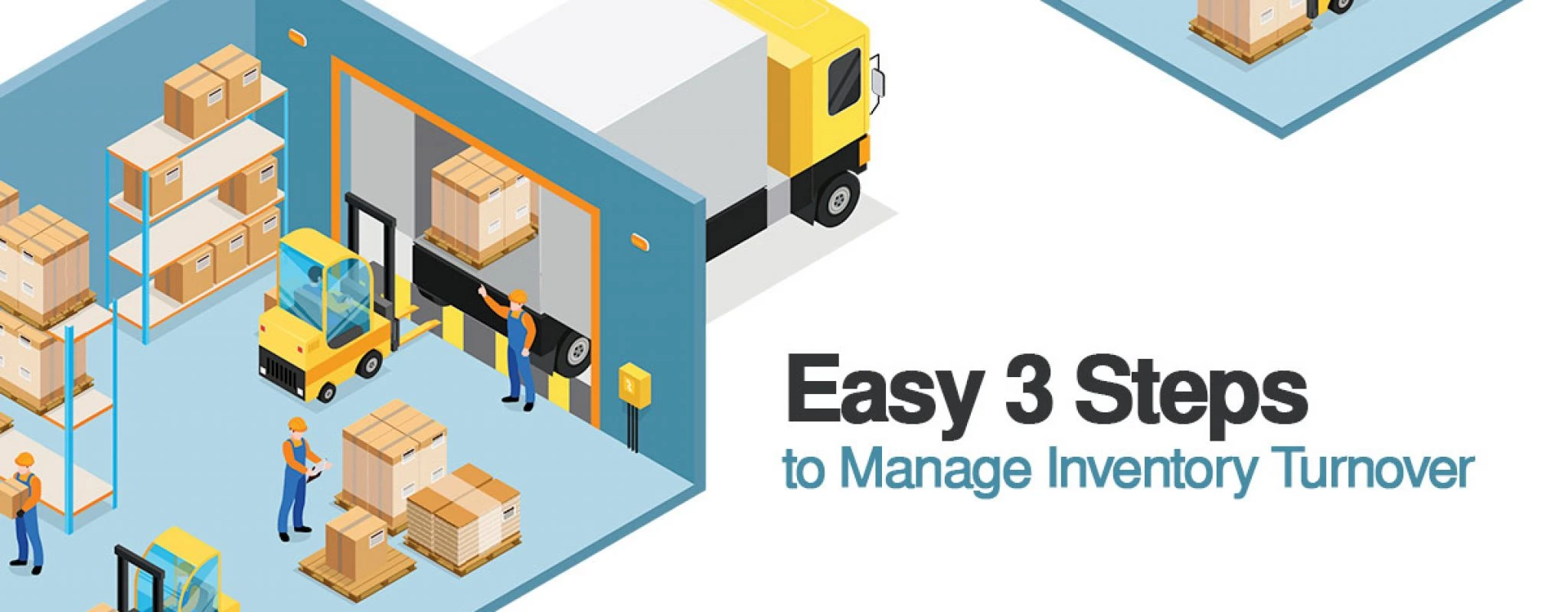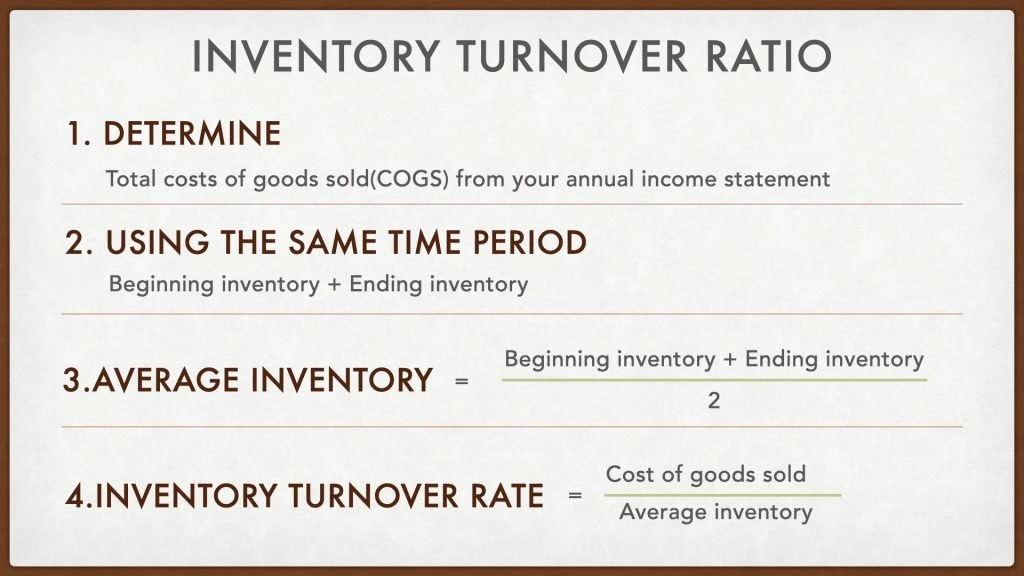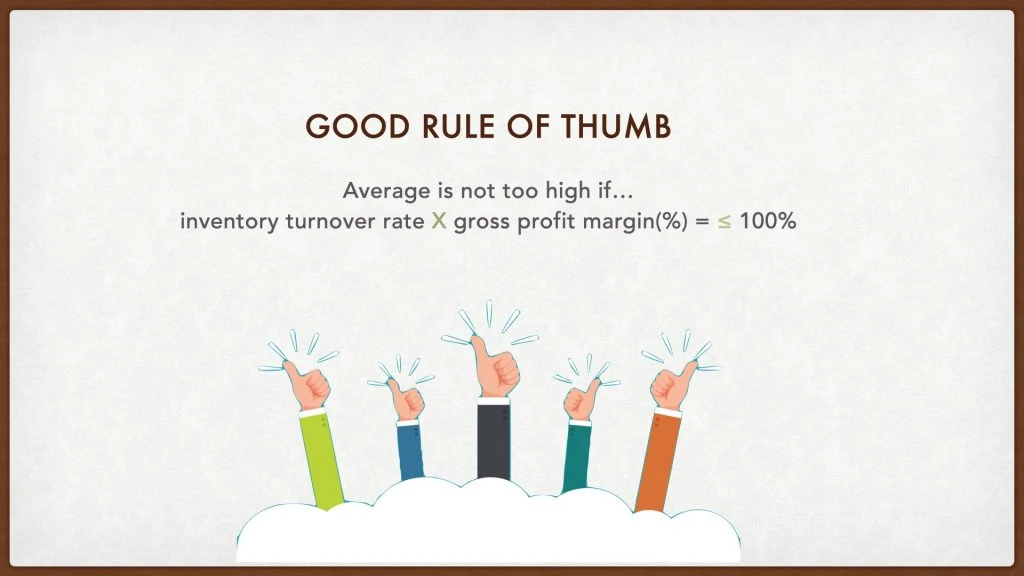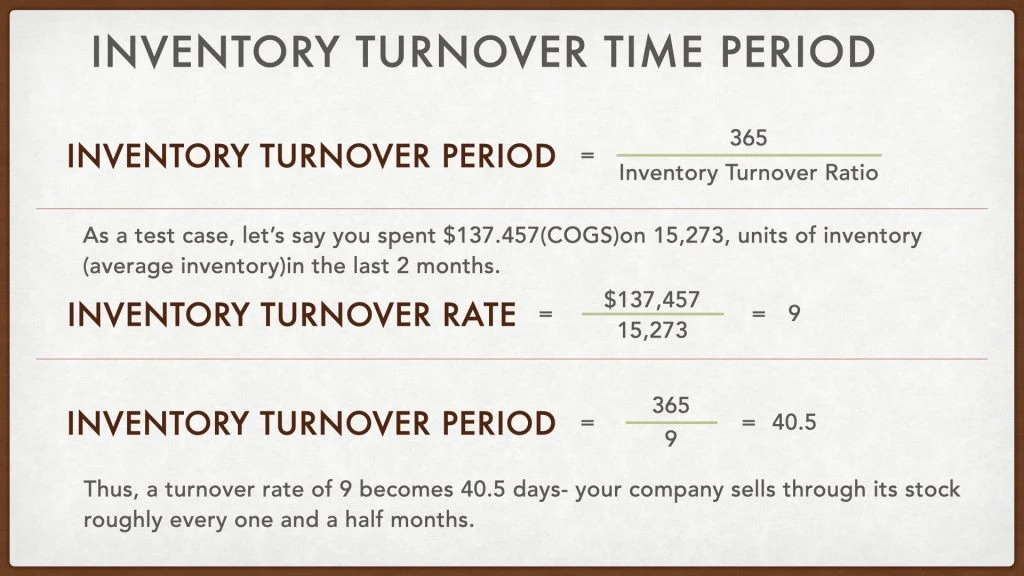
November 10th, 2020
Easy 3 Steps to Manage your Businesses Inventory Turnover
You are viewing an article about Ricemill Classic. Check out our new shipping app for Australia sellers.
Chew Lim
Inventory turnover is a formula that measures the quantity of inventory which is sold or consumed within a certain period of time.
Calculating the Inventory Turnover for Your Business
The inventory formula ratio is so simple and easy to use, three easy steps and you’re on your way. Inventory management has never been so effortless.
-
Find out what the total costs of goods sold (cogs) is. This can be calculated from your annual income statement.
-
Calculate the amount of your average inventory. This can be done by adding together both the beginning and ending inventory balances for any given month and then dividing it by two.
-
Lastly, you need to divide the cost of goods sold (cogs) by the average inventory.
Why not try using Ricemill’s inventory software to help maximise your businesses overall profitability!
Inventory Turnover Calculator
The inventory turnover ratio is an important tool for your retail store’s inventory management.

Your store’s total turnover is dependent on two important components:
-
Stock Purchasing – if your business buys large quantities of inventory throughout the year then your business will have to sell larger amounts of inventory for its turnover, otherwise there will be associated storage costs.
-
Second Component in Sales – your business sales must match your inventory purchases otherwise your inventory will not have a successful turnover. This a key reason why both the purchasing and sales departments must be in communication.
How Can Your Businesses Turnover Predict Performance**
The efficiency of your business can be determined by Ricemill’s software. Predominantly, a higher inventory turnover means better performance and lower inventory turnover means inefficiency. Having a good inventory management system for your business can significantly help its profitability and having a best stock inventory management system in place is your first step in the right direction.
A high turnover can indicate that your business is not overspending on inventory or wasting resources by increased storage costs. It is also demonstrative of your businesses ability to restore cash quickly.
Comparatively, a low turnover could be indicative of overstocking and demonstrate inefficiencies in your businesses marketing methods. An excess in inventory can hold up your business’s cash flow and opens you to vulnerabilities in market prices.
A high turnover rate could point to either strong sales on one hand or it could point to ineffective buying. Both of these would ultimately lead to a loss in business if the inventory is too low.

How Your Business can Increase Its Profitability
Products which are sold regularly in comparison to products which are only sold occasionally, will have lower holding costs.
An increase in turnover will increase profitability for the following three reasons:
-
Holding costs can be reduced as a result of quicker turnover.
-
Decreased holding costs will ultimately increase your businesses net income and profitability. This is only as long as the revenue from selling the products maintains consistency.
-
A high turnover is demonstrative of your businesses ability to respond to customer demands.
How to Optimise Your Inventory Turnover with Ricemill
Your business’s Inventory Turnover ratio can be improved by a number of the following strategies through the Ricemill software:
-
You can increase your business demand for inventory through creating a specific and cost effective marketing campaign.
-
Consider an increase in sales vales by re-evaluating your businesses pricing diversification.
-
Regular review of supplier purchase pricing.
-
Evaluate inventory and product groups to determine, understand and predict which inventory will respond well to the market.
-
Develop a deeper understanding of which products sell the best and therefore which inventory is better performing.
-
Group and categories inventory so that your business can more appropriately monitor trends.
-
Review and analyse to determine which inventory has the best turnover and therefore eliminate inventory which is stagnant.
Inventory Turnover Time Period
You are able to calculate the number of days it takes to clear your inventory, once you have determined your business’s turnover rate. Given that there are 365 days in each year, you are able to divide 365 by your businesses calculated turnover ratio.
This will provide you with the average number of days it takes your business to sell its inventory.

What is Your Businesses Optimal Turnover
Your company’s inventory turnover will vary depending on which industry it is in. Fashion retailers average between 4 and 6, where comparatively, automotive retailers can be as high as 40. Car dealerships are on the lower end at only 2 0r 3 in comparison to grocery stores which average around 14. As you can see, there is considerable fluctuation.
Basically, low margin industries will experience higher inventory turnover on average than high margin industries. More importantly, businesses understand that the timing of inventory purchases, such as those made in relation to promotions can artificially alter the ratio.
Do you still use google sheets to manage inventory? Why not try the Ricemill inventory management software for your business and start making more turnover, today.